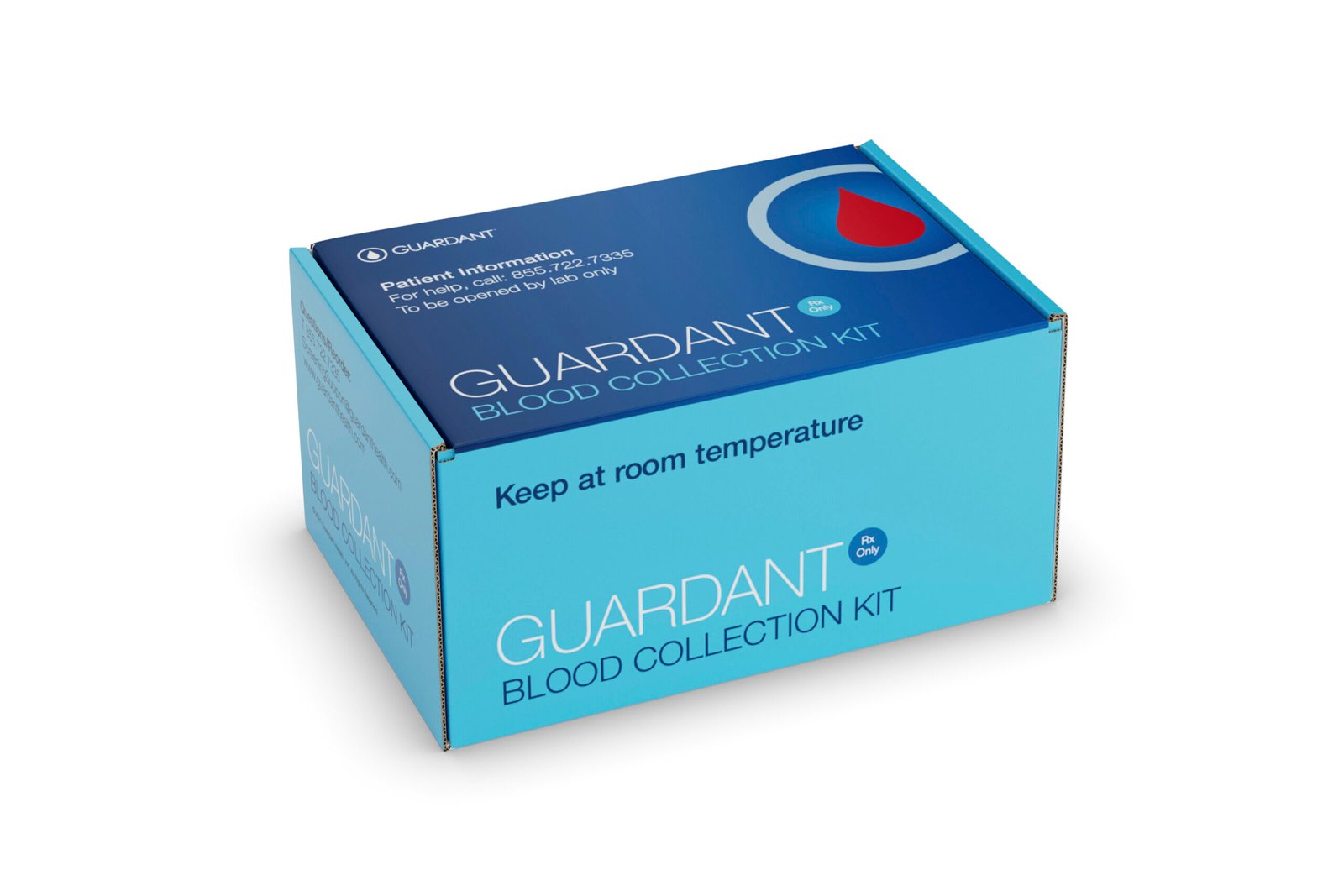Trauma following a tragic event is often unavoidable, yet post-traumatic stress disorder (PTSD) is frequently misunderstood and unfairly viewed as a sign of weakness.
During this Post-Traumatic Stress Disorder Awareness Month, an expert unveils facts and dispels myths to help eradicate the stigma surrounding the condition.
Natalie Rosado, a licensed mental health counselor and founder of Tampa Counseling Place, sees PTSD as the body’s natural response to experiencing traumatic events, serving as a mechanism for the system to cope with stress.
Myth 1: Individuals with PTSD are weak

Fact: PTSD is the sign of enduring a traumatic event, something that can impact individuals from all walks of life. It is a recognized medical condition, not just a phase or a weakness.
“It’s important to understand that PTSD is not a sign of weakness but rather a sign of having survived something incredibly difficult. It affects people of all backgrounds, including those who are otherwise very strong and resilient. It’s crucial to dispel the stigma that comes with mental health conditions like PTSD,” Rosado said.
People going through PTSD may feel apprehensive about seeking help due to societal stigmas around mental health. But, seeking help is a powerful act of self-care and self-respect.
“Recognizing the need for help and seeking it out is, in fact, a sign of strength and self-awareness. It takes courage to face one’s vulnerabilities and to pursue healing,” she added.
According to Rosado, people should be encouraged to seek medical attention and therapy for their mental health just the same way as they would consult a doctor for a physical injury or illness.
“Seeking help doesn’t mean you are broken or incapable. It means you are taking proactive steps to regain control and improve your well-being. It’s a testament to your resilience and determination to live a healthier, more fulfilling life. Reaching out for help is one of the bravest things they can do for themselves,” Rosado said.
Trauma survivors should also be encouraged to connect with others who have sought help and found relief, as hearing success stories can be immensely motivating and reassuring.
Myth 2: People with PTSD will eventually get over it and do not require treatment
Fact: Time alone may not heal PTSD. Some people may see improvements with time, but it can worsen without intervention in others.
PTSD is a complex mental health condition that can have long-lasting effects if not properly addressed, Rosado cautions.
“Treatment for PTSD is crucial as it can help individuals understand and process their traumatic experiences in a safe and supportive environment. It also provides strategies and tools to manage symptoms, reducing their intensity and frequency, and improving overall functioning. Therapy can help people develop resilience and coping skills for handling future stressors. Effective treatment can help restore a sense of normalcy, and improve the quality of life,” Rosado added.
Treating PTSD directly can prevent secondary issues like depression, substance abuse, and relationship problems, leading to healthier relationships and lifestyles.
Myth 3: PTSD occurs if a person experiences more than one traumatic event
Fact: PTSD can develop after a single trauma or from multiple traumas.
PTSD can arise from a single traumatic event, like an accident or assault, or prolonged exposure to trauma, such as ongoing abuse, combat, or repeated distressing situations faced by first responders and healthcare workers.
Rosado explained that the crucial element is not the quantity of traumatic events but how an individual responds to them. She emphasized that trauma is highly subjective, meaning that an experience that is traumatic for one person might not be for another.
“The development of PTSD depends on several factors, including the severity of the trauma, the individual’s history, genetic predisposition, available support systems, and coping mechanisms. It’s important to recognize that anyone can develop PTSD after experiencing a traumatic event, regardless of how many times they’ve been exposed to trauma,” Rosado said.
Here are some of the signs of PTSD:
- Recurrent, unwanted distressing memories of the traumatic event, intrusive thoughts, nightmares, and flashbacks.
- Avoidance of places, activities, people, feelings, or thoughts related to trauma.
- Negative thoughts, hopelessness, memory issues, mood changes, feeling detached from close relationships, and lack of interest in activities once enjoyed.
- Changes in physical and emotional reactions such as sleep disturbances, irritability, guilt, anger, and self-destructive behavior.
“If someone is experiencing these symptoms, it’s important to seek professional help. Early intervention can greatly improve outcomes and help individuals manage their symptoms more effectively, leading to a better quality of life,” Rosado said.
Myth 4: PTSD always happens right after a tragic event
Fact: PTSD can develop at any time after the trauma, sometimes months or even years later.
PTSD does not always follow a strict timeline. The symptoms can emerge immediately after a traumatic event or be delayed, triggered by factors like reminders, life changes, or other stressors. Initially, individuals might cope well, but their ability to manage trauma may diminish over time. Additionally, the brain might suppress traumatic memories, which resurface when the person feels safer.
“It’s essential to recognize that PTSD’s delayed onset is just as valid and significant as its immediate onset. The impact of trauma on the brain and body is complex, and the timing of symptom appearance does not diminish the severity or legitimacy of the condition,” Rosado explained.
“Understanding that PTSD can have a delayed onset helps in recognizing and validating the experiences of those who develop symptoms long after the trauma. It underscores the importance of ongoing awareness and support for individuals who have experienced traumatic events, no matter how much time has passed,” she added.










